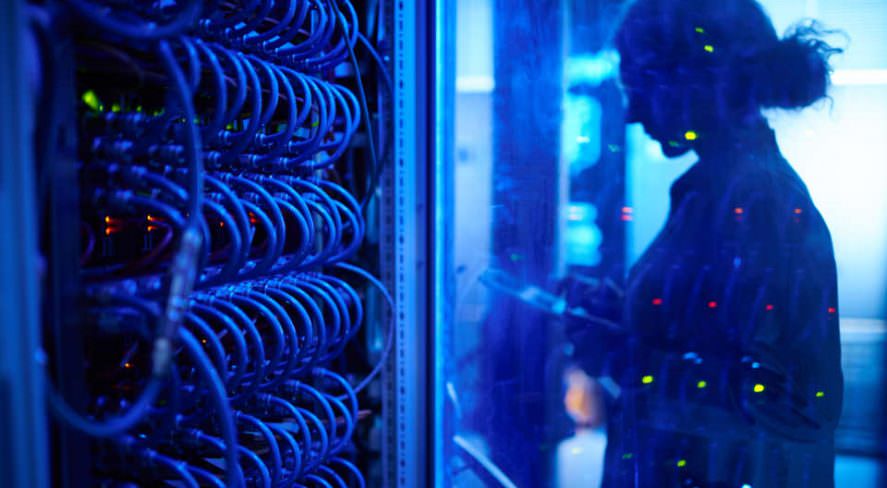Making the Case for Participation in DHS Research Programs

The Security Industry Association (SIA) enjoys a strong and productive relationship with the Science and Technology (S&T) Directorate of the Department of Homeland Security (DHS), which fosters innovation in the private sector, SIA Director of Government Relations Jake Parker will tell Congress on Tuesday.
Speaking for nearly 800 private sector companies, Parker will share SIA experiences with DHS S&T before the Committee on Homeland Security’s Subcommittee on Emergency Preparedness, Response and Communications, chaired by Rep. Dan Donovan, R-N.Y. His advance written testimony praised the directorate and offered constructive criticism.
Stressing the importance of National Critical Infrastructure Month in November, Parker hailed the 2002 Support Anti-Terrorism by Fostering Effective Technologies (SAFETY) Act and the DHS SAFETY Act Office. The SAFETY Act established a process to encourage the development and widespread deployment of security technologies addressing the terrorist threat by providing liability protections for qualified providers against claims arising from terrorist attacks.
“From our point of view, the program has been a major success and a catalyst for adoption of new technology in many ways,” Parker said. “The private sector owns and operates the vast majority of critical infrastructure in the United States. Not only does the SAFETY Act protect these end users from liability for deploying technology, SAFETY Act designation and certification provides a level of assurance that a product or system meets high standards of safety and effectiveness, and works as intended.”
In fiscal 2017, the office approved 91 submitted applications for SAFETY Act designation. The SAFETY Act Office estimates approval of these technologies will support 87,000 jobs and increased revenue for the manufacturers and integrators receiving designation.
“We believe that Congress should work to ensure this important program continues, and importantly, is provided with the resources necessary to meet demand. Specifically, Congress should provide the SAFETY Act Office with a line item appropriation to provide budgetary certainty, as well as help measure the return on investment,” Parker said.
One area where DHS S&T could do better is bolstering the business case for participation in S&T programs.
“Our members tell us that for S&T programs to be truly successful, each effort needs to be of championed by a DHS operational component, and accompanied by some form of commitment to make use of the technologies being explored,” Parker said. “The component should have some level of involvement in the project being executed from the beginning of the process, and prior to making any significant expenditures.”
Sometimes, industry perceives S&T programs as having little impact on the operational or procurement activities of DHS agencies. “More involvement from the components up front could help address this perception, as well as efforts to increase industry awareness of S&T’s new initiatives,” he advised.
Parker highlighted the S&T Industry Guide released last month, which provides a roadmap for working with the agency, and forecast of future R&D investments. “The security industry is poised to contribute significantly, particularly when it comes to priority areas like biometrics collection and utilization, robotics and autonomous systems, enhanced situational awareness, identity credentialing and access management, automated vetting and other technologies,” he said.
For inquiries regarding Jake Parker’s testimony, please contact Jake at jparker@securityindustry.org.
